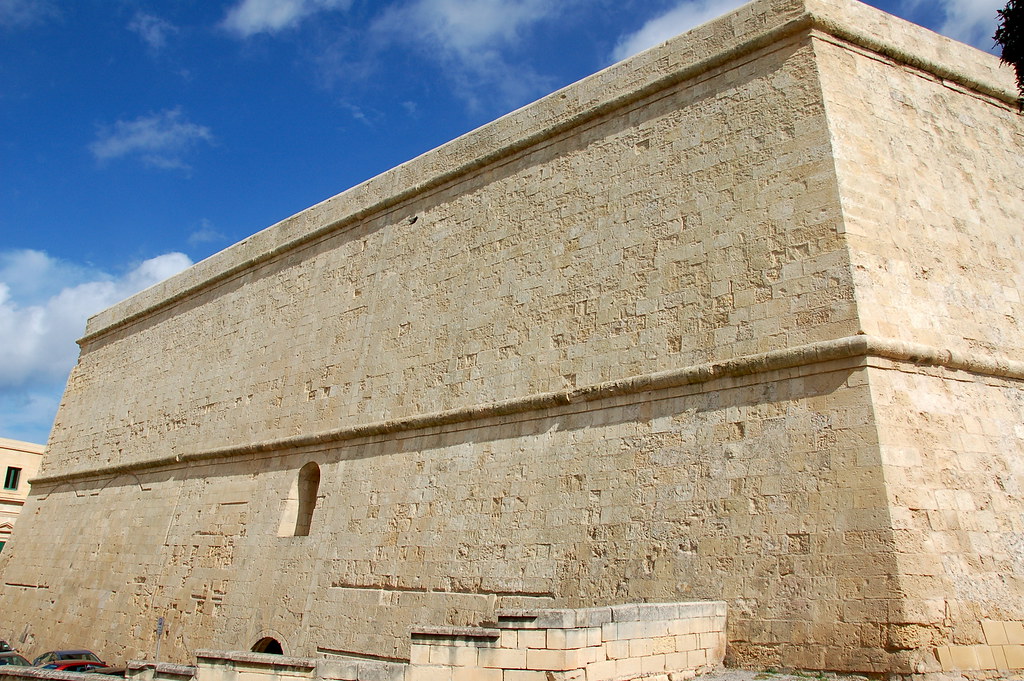This article came courtesy of the infamous Unknown Random Reader who landed on the pages of Twelve Mile Circle from an interesting place. This time the town carried the name of Cavalier. I’ll get to that later. I wanted to start with a little context about why that resonated with me. Hearing the word Cavalier automatically grabbed my attention because I’m an alumnus of the University of Virginia. The university’s sports teams are called the Cavaliers (map). Simple enough.
Sports

I liked the old UVa mascot, an actual human on a horse, that unfortunately doesn’t appear very often anymore. A fabric and foam monstrosity replaced it a number of years ago for most purposes. Oddly, I’d never delved into the adoption of this particular nickname though. I knew that the name had been applied to Royalists supporting Charles I during the English Civil War. One definition also tied back to an indifferent or dismissive behavior, as in someone with a cavalier attitude. From an etymological standpoint it derived from Late Latin for horseman, Italian for mounted soldier and French for knight before its application to the Royalists in the English language.
Anyway, the association with UVa, as I learned, began in 1923. A student wrote a tune he called “The Cavalier Song.” It won a contest sponsored by the school newspaper and the name stuck. Interestingly, in 1970 the Cleveland Cavaliers professional basketball team also got its name when someone won a contest.
What did any of this have to do with a geo-oddity? Absolutely nothing. Sometimes I get stuck on a tangent.
Cavalier Fortifications

The same etymology led to the naming of a specific type of fortification. More accurately, a cavalier served as a fortification within a fortification. Generally, the cavalier rose higher than the rest of the fort. That allowed people in the cavalier to fire over the outer wall. Soldiers on the outer wall could also shoot so the layering increased overall firepower. On the other hand, a tower raised above the rest of the fort made a really nice target too. It seemed like a somewhat mixed strategy.
Noteworthy examples existed on the island of Malta, with the identical Saint John’s and Saint James Cavaliers. The Sovereign Military Order of Malta, a humanitarian religious order formed of laymen of the Roman Catholic Church constructed them. These arose in the wake of a failed Ottoman invasion known as the Great Siege of Malta in 1565. Currently SMOM uses Saint John’s cavalier as an embassy (map).
Cavalier County, North Dakota

Now, finally, I got around to geography. I didn’t find a lot of Cavalier places although the biggest two both fell within North Dakota. There I discovered Cavalier County with its seat of local government in the town of Langdon (map). It split from neighboring Pembina County in 1873.
The name came neither from a Royalist connection nor from a fortification. Cavalier honored an early pioneer, Charles Cavileer. The party responsible, lost somewhere to history, misspelled his name. Then I looked up Charles Cavileer in the 1880 United States census. At the time he lived in the town of Pembina in Pembina County, Dakota Territory with his wife Isabella and several of his late-teen and adult children. He began his life in Ohio, with his father from Maryland and his mother from Pennsylvania. He served as the local postmaster.
Cavalier, North Dakota

The unknown visitor, however, came from the town of Cavalier (map). The town wasn’t in Cavalier County, it was in Pembina. It also honored Charles Cavileer. I found a couple of interesting places there.
First, the town hosted the Cavalier Air Force Station. Airmen assigned there, with the 10th Space Warning Squadron, watched over “the world’s most capable phased-array radar system.” They kept their eyes open for incoming missiles and they tracked earth-orbiting objects. It didn’t look like a huge military presence although it provided vital early warning to the nation.
Second, Icelandic State Park fell within its borders. I mentioned Icelandic Diaspora in a 12MC article several years ago. I enjoyed the chance to become reacquainted with this little sliver of Iceland on the prairie.

Leave a Reply